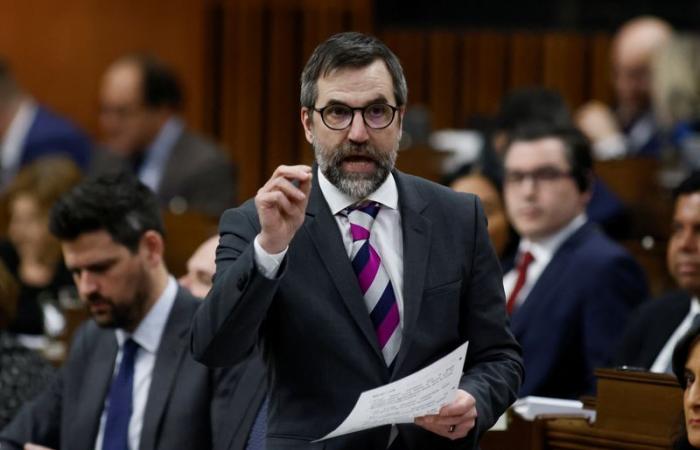Canada’s proposed cap on oil and gas emissions will push companies to cut production rather than invest in expensive carbon dioxide capture and storage (CCS) technology, according to a report by consultancy Deloitte released Tuesday by the Government of ‘Alberta.
Prime Minister Justin Trudeau’s Liberal government is developing regulations to force Canada’s most polluting sector to reduce emissions to 137 million metric tonnes, 37 per cent below 2022 levels, by 2030. Alberta, Canada’s main oil-producing province, and industry oppose the plan, arguing it is a production cap.
Canada’s major oil producers are counting on CCS for most of their emissions cuts over the next decade. But Pathways Alliance, a group of six large oil sands companies, has not made a final investment decision on its $US16.5 billion ($12.03 billion) project and says it needs more financial support by the Government.
In an Alberta-commissioned report, Deloitte modeling showed that implementing CCS would make high-cost oil sands mines economically unviable. For low-cost thermal oil sands operations, reducing production would still be more cost-effective than investing in CCS.
“We see no investment in CCS in the oil sands,” Deloitte said.
Laura Cameron, an analyst at the International Institute for Sustainable Development, said the report raises questions about the cost of carbon capture technology.
Canada is the fourth largest oil producer in the world, producing approximately 5 million barrels per day (bpd).
Despite industry fears, production is actually reaching record levels thanks to a new export pipeline and holding oil prices. Trudeau proposed the cap in 2021 and his government aims to finalize it before elections likely next year.
According to Deloitte projections, the cap on emissions would likely lead to oil production in 2030 of 5.6 million bpd, about 10% less than without a cap. Gas production at the end of the decade would be about 2.2 billion cubic feet per day with a cap on emissions, 12% less than without a cap.
This would lead to Canada losing 90,000 jobs and $282 billion in GDP between 2030 and 2040, according to the report.
“It’s time to abandon this failed idea,” Alberta Finance Minister Nate Horner said in a statement.
Deloitte estimates that oil and gas emissions will still exceed the proposed cap of 20 million tons by the end of the decade, even with increased production efficiency and measures to reduce methane emissions.
Asked Tuesday about the emissions cap, federal Environment Minister Steven Guilbeault told reporters that the government does not have the jurisdiction to limit production. ($1 = $1.3719 Canadian) (Reporting by Nia Williams in British Columbia; Editing by Rod Nickel)






